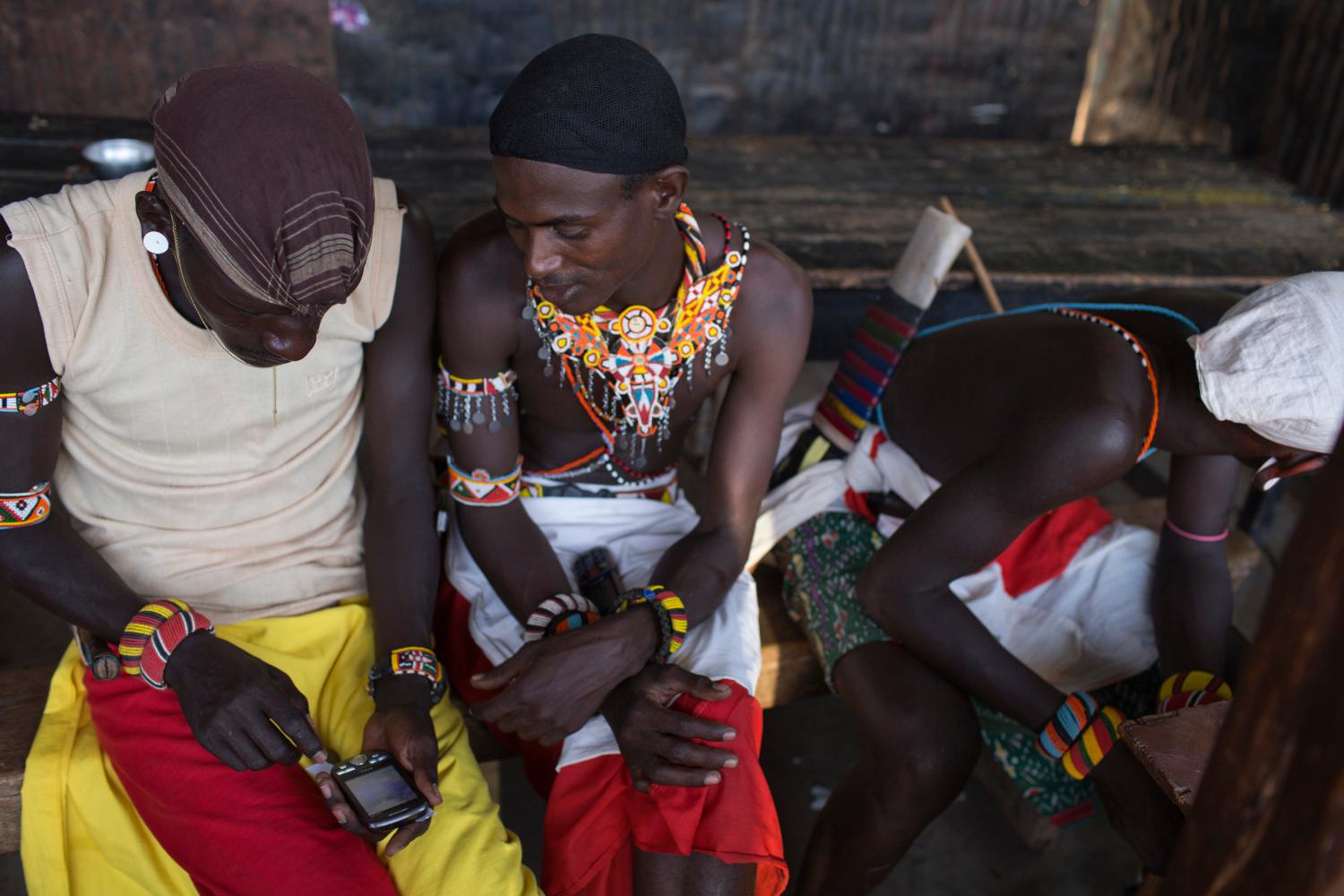Mobile money—the ability to store and transfer money
using cell phones—arguably represents the most
talked-about technology in global development
today. Expectations are high that in as little as a decade, the
service can be rolled out across the developing world, bringing basic financial services to the 2.5 billion people currently
without a bank account.
Of particular interest is the possibility of serving the
world’s poorest people, who have historically been denied
access to financial services by a combination of distance and
cost. Mobile money offers a commercially viable business
model for serving these potential customers, overcoming the
constraint of distance by substituting cell phone ownership
and networks of agents for physical banks, and mitigating the
cost constraint by facilitating a shift from cash to electronic
money where transaction costs are lower, thus permitting
small-value transfers and minimal fees.
While more sophisticated financial services are beginning
to be deployed through mobile money initiatives, even basic offerings provide users with a rudimentary tool
to support savings and more balanced spending (consumption
smoothing), which themselves are associated with significant
welfare benefits. For instance, a study in western Kenya found
that women entrepreneurs who had access to a deposit account
invested 45 percent more in their businesses.
5
Another study
in Malawi showed that access to simple financial tools resulted
in a 17 percent rise in household consumption.
The Brookings Institution is committed to quality, independence, and impact.
We are supported by a diverse array of funders. In line with our values and policies, each Brookings publication represents the sole views of its author(s).




